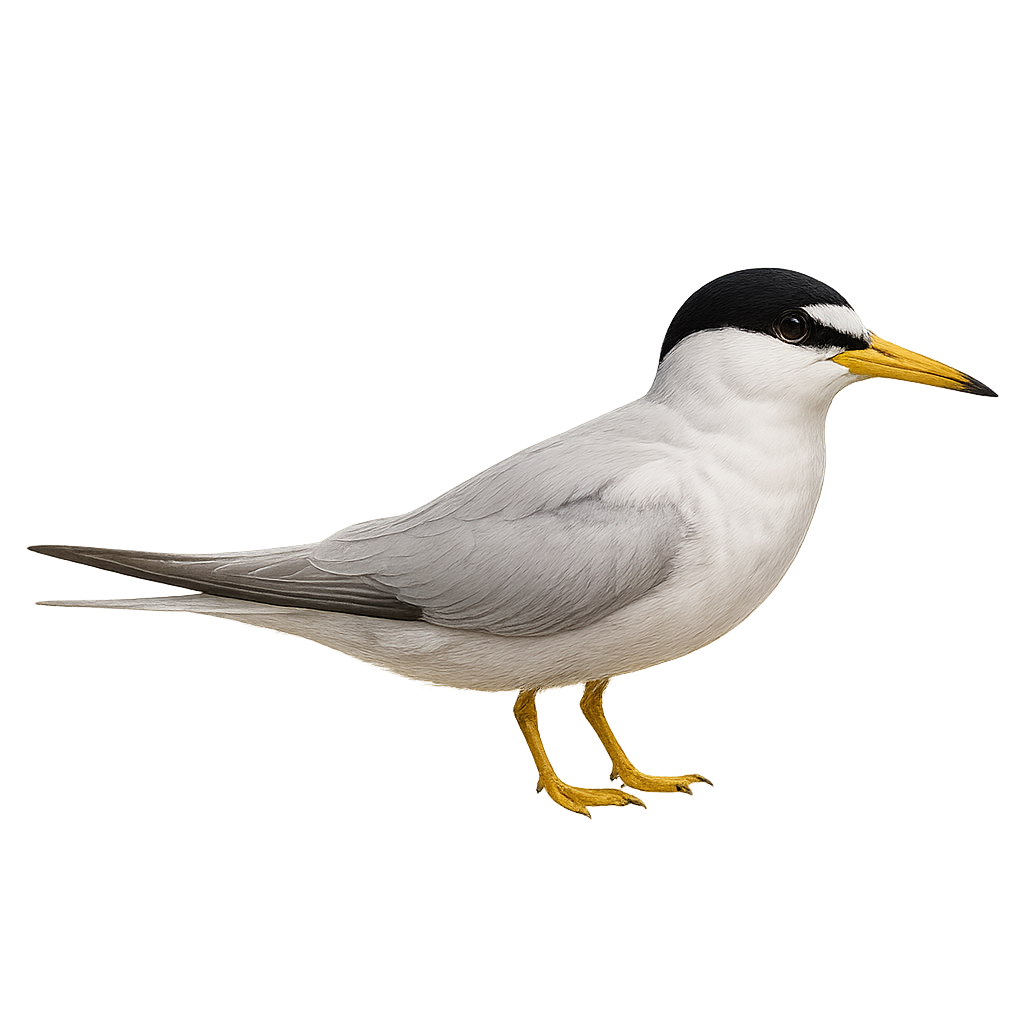Your wildlife photography guide.
Explore the least tern in detail, study its behavior, prepare your shots.
Where to observe and photograph the least tern in the wild
Learn where and when to spot the least tern in the wild, how to identify the species based on distinctive features, and what natural environments it inhabits. The WildlifePhotographer app offers tailored photography tips that reflect the least tern’s behavior, helping you capture better wildlife images. Explore the full species profile for key information including description, habitat, active periods, and approach techniques.
Least Tern
Scientific name: Sternula antillarum

IUCN Status: Least Concern
Family: LARIDAE
Group: Birds
Sensitivity to human approach: Suspicious
Minimum approach distance: 10 m
Courtship display: May to June
Incubation: 20-22 jours
Hatchings: May to July
Habitat:
Sandy beaches, estuaries, coastal lagoons
Activity period :
Primarily active during the day, with peak activity in the morning and late afternoon.
Identification and description:
The Least Tern, Sternula antillarum, is a small seabird belonging to the Laridae family. It is recognizable by its small size, white and gray plumage, and bright yellow bill. During the breeding season, it sports a black cap contrasting with its white forehead. It frequents sandy beaches, estuaries, and coastal lagoons where it nests in colonies. The Least Tern is a migratory bird, spending winters in South America and returning to North America to breed. It primarily feeds on small fish, which it catches by skillfully diving. Although its population is stable, it is vulnerable to habitat loss and human disturbances.
Recommended lens:
400mm – adjust based on distance, desired framing (portrait or habitat), and approach conditions.
Photography tips:
To photograph the Least Tern, it is advisable to use a telephoto lens of at least 400mm to capture detailed images from a distance without disturbing the bird. Look for colonies on beaches or near estuaries, where they are often active during the day. Be discreet and avoid sudden movements to prevent scaring them. Morning or late afternoon light often provides the best conditions for well-lit photos.
The WildlifePhotographer App is coming soon!
Be the first to explore the best nature spots, track rutting seasons, log your observations, and observe more wildlife.
Already 1 431 wildlife lovers subscribed worldwide

